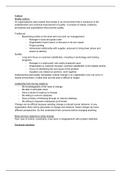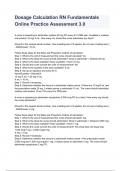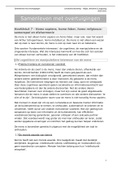Samenvatting
Samenvatting Quality Management (Engels)
- Instelling
- Hogeschool Inholland (InHolland)
Samenvatting geschreven in 2020 in het Engels. Alle relevante onderwerpen voor het tentamen worden hierin behandeld, naar aanleiding van de lessen. Hoogwaardige kwaliteit: Ik schrijf al jaren samenvattingen en dit is het enige materiaal wat ik gebruik wanneer ik leer voor mijn tentamens. (bij sommi...
[Meer zien]








